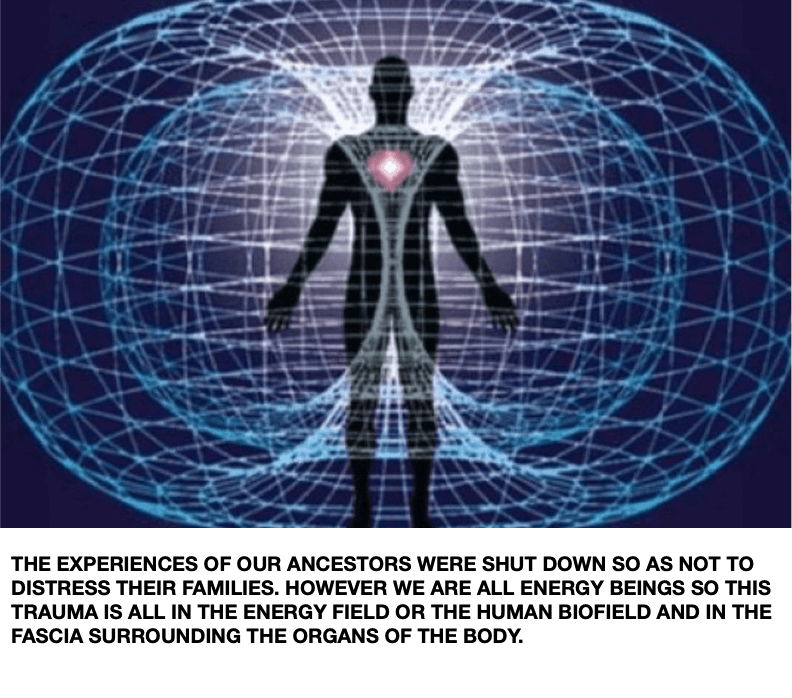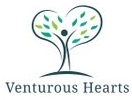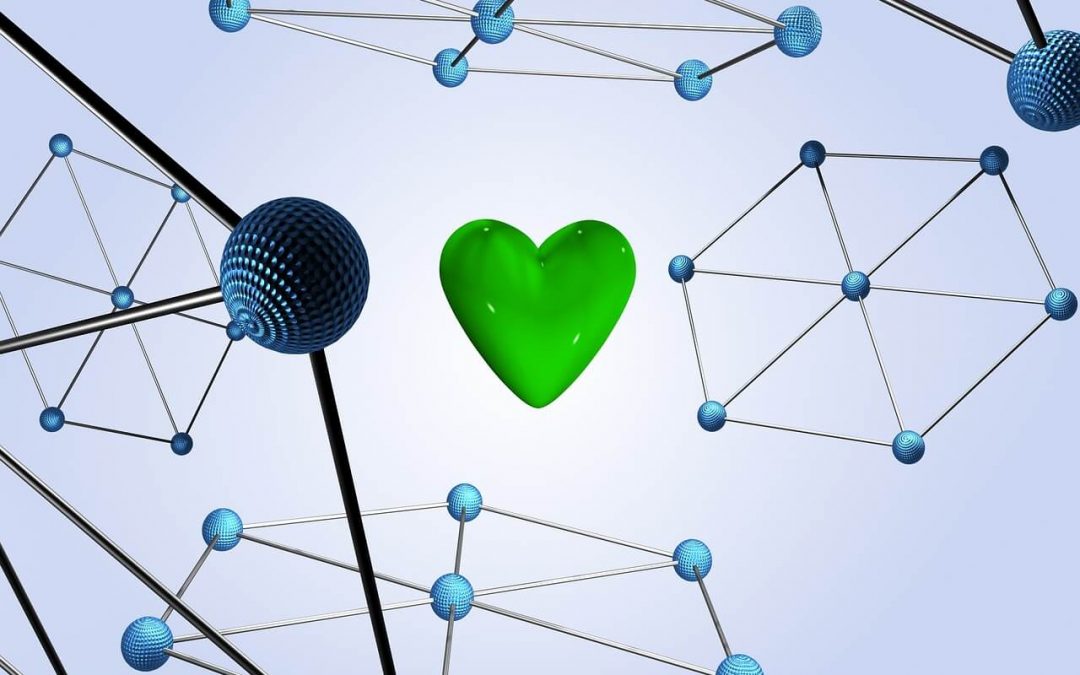Connection Trauma Survival Style and its relationship to Autism spectrum / Neurodiversity, Pyroluria and the Empath / Highly sensitive person:
What is connection trauma survival style?
Why do I want to talk about connection trauma?
What is it?
How does it relate to neurodiversity?
I want to talk about Connection survival style because most people are unaware of its existence. Society is slowly becoming more trauma informed since the latest pandemic. At this time healers are seeing a massive rise in trauma related health decline. The impact on our mental health has been astounding. I would like to empower you to find you own ways to heal you by helping you find the root causes to the mental and physical co-morbidities that often accompany neurodiversity. I believe this can be achieved by analysing and reporting on health from the 5-Levels of healing model and by understanding self and combining functional medicine with functional consciousness as healing modalities. You are most welcome to download any of my free eBooks that take you through the systems of the body using this model.
When we talk about connection trauma its quite easy to say “Oh thats Autism” however I want to clarify that is not what I am saying. Connection trauma is the lack of connection to the physical and emotional self. Difficulty relating to others. In essence this is a very isolating existence for the person.
According to Heller (2012) this is the worst type of trauma a person can endure because it occurs between conception and 6 months of age, before we have fully embodied onto the earth and into the physical body. We are designed to feel so being disembodied disallows feeling. This can be a difficult concept to grasp for many, however please consider these questions:
- Do you feel like you don’t belong on planet earth?
- Do you feel like no-one understands you?
- Do you feel like you speak a totally different language to other humans?
- Do you find social interaction difficult?
- Do you become exhausted after time spent with others?
- Do you need a lot of alone time to recover from time with families and friends?
- Do you feel like you absorb the emotions / energy from the room or from others?
- Do you crave the company of others and yet pull away at the same time?
- Do you suffer with social anxiety?
- Do you find speaking your truth gets you into trouble?
- Are you highly sensitive to sound, touch, light, taste, smell?
- Do you have a strong 6th sense?
Why is this important?
Many of us are walking around unable to recover from chronic illness that may be a stand alone condition or co-morbid with other conditions. For example Chronic fatigue syndrome occurs on its own or with chronic complex auto-immune conditions, cancers, demyelinating disease or methylation related diseases. This is what is meant by being co-morbid. Autism spectrum often co-exists with Chronic fatigue or Autistic burnout. Often we receive a diagnosis for one condition when we may resonate more with another so for example a case of chronic fatigue occurring in mid to late teens may in fact be autistic burnout due to the inherent ability of the person to mask. This is particularly prevalent in the female population.
Until 2 years ago the world never really understood the depths of trauma many of us have faced. Then the advent of trauma summits caused an explosion of information and maybe even an over use of the word trauma. However since this explosion of information it has become very clear that humanity has faced many generations of trauma, so much so that most of us don’t even recognize it.
Many of us walk around physically unwell and are thought of or depicted as mad, bad or over sensitive. We may fit the category for Pyroluria which manifests as social anxiety, mood disorders, additions, imbalances in the gut, hormones and neurotransmitters with immune disregulation. Please see my blog for more information (LINK TO Pyroluria BLOG) . Some of the most common symptoms include:
- Being anxious, shy, or fearful or experiencing inner tension since childhood, but hiding these feelings from others.
- Having bouts of depression or nervous exhaustion
- Preferring not to eat breakfast, experiencing morning nausea, prone to motion sickness
- Poor appetite or having a poor sense of smell or taste (low zinc)
- Being sensitive to bright sunlight or noise
- Frequent fatigue
- 7. Being prone to iron anaemia or low ferritin levels
- Tending to have cold hands or feet
- Reaching puberty later than normal or having irregular menstruation or PMS
- Having allergies, adrenal issues, or problems with sugar metabolism
- Avoiding stress because it upsets your emotional balance
- Preferring the company of one or two close friends rather than groups; becoming more isolated as you age
- Feeling uncomfortable with strangers
- Easily upset by criticism
Energy beings:
It is important to say here that everything is energy. Humans are energy beings. Even though many of us are not aware of this our body’s sense the energy around us. We give and receive energy. If a friend is upset our response might be “please don’t cry”. This is because we feel that emotion and it feels uncomfortable for us. We have been conditioned out of feeling for many hundreds of years. Our ancestors went to war. They came home from war traumatized never able to express what they experienced. Heartmath research has identified PTSD as being the greatest injury of war today.
Intergenerational Trauma:
Only two generations ago our men were conscripted into national service to “fight for” or “serve their country” so this meant being sent away to foreign countries to fight wars and as a result suffered trauma. PTSD and cPTSD are acronyms used to diagnose these traumas however these are recent introductions to the medical diagnostic manuals.

We suppress emotions blocking energy systems in the body. That permeates our tissues and our behaviour. As a result we may project onto others the aspects of ourself we wish to disassociate from. This behaviour gets passed down through the generations as transgenerational trauma. Klinghardt the creator of the 5-Levels of Healing model purported that those with ASD / Neurodiversity carried 4 generations of transgenerational trauma. What I see in my clients 1 or two generations on is that the parents are carrying that trauma and the children are in effect “bouncing” off the effects of this. In families where emotional intelligence is not at post graduate level this means family dysfunction, through no fault of any family members. This is not something that has ever being taught until now.
We have multiple studies, such as the famous Kaiser permanent study, on the impact of developmental trauma on health. So what does this have to do with ASD / Neurodiversity or Pyroluria? Nearly everything. William Bloom writes this very insightful piece
“In this context of past lives and life after death, I think about my mother who died a few years back. Usually, when someone I love dies, I feel their presence or some kind of communication from them over the coming weeks and months. But I felt nothing from my mum. It was as if, once out of her body, she moved away from Earth as fast and as far as she possibly could.
Then in meditation a few weeks ago I found myself contemplating her again and wondering if she would reincarnate and where. Tuning into her soul I felt a great reluctance on her part to reincarnate. This was understandable because her last life had contained much traumatic tragedy. At the centre of this tragedy was her time in a Japanese prisoner-of-war camp. The secret police had decided that she was a spy and troublemaker because of her interest in braille — and they treated her with great cruelty.
As a result of her deprivations her first child, my sister, was born deaf. This led my mother into pioneering charitable work for deaf children.
My mum, Freddy Bloom, was well known for her courage. A book was written about her. She was an early subject of the television programme This Is Your Life. And she had a difficult relationship with my father.
So she did not fancy reincarnating. I felt her saying to me:
If I reincarnate, I do not want to feel all that pain again. I do not want to be so involved with people. I want my sensitivity allowed and protected. I will need to be very introvert. I won’t understand relationships.
Sensing this from her, I was reminded of all the presentations of autism”.
Bloom also describes children who claim memories of their past lives, who attained later diagnosis of autism. Given the message in the book by Rodwell (2017) The New Human I sense this needs more exploration. That said, a number of authors have pulled this information together from the perspective of their own training. Lawrence Heller (2012) discusses connection trauma and the different survival styles associated with developmental trauma at different stages of early development. Anodea J (2004) in her book Eastern Body Western Mind discusses the development of each chakra system within the same or similar time scales. Different languages that bring the information to a crescendo.
Heller’s definitions of developmental trauma survival styles
Survival style
Age / developmental period
Impact
Connection survival style
A survival style develops around the need for contact and the fear of it.
Attunement survival style
A survival style develops around the conflict between having personal needs and the rejection of them.
Trust survival style
A survival style develop around both the longing for and the fear of healthy trust and interdependence.
Autonomy survival style
A survival style develops around both the desire for and the fear of setting limits and expressing independence.
Love and sexuality survival style
From severe early life trauma. Unable to move into healthy sexual relationships. May become romanticizing or sexually promiscuous. May be terrified of it.
A survival style develops around wanting to love and be loved and the fear of vulnerability. It also develops around the splitting of love and sexuality.
These survival styles do not appear to be in isolation in those with connection trauma. Those with connection trauma can often identify with all 5 survival styles. This is due to never being fully embodied, never having the opportunity to learn to self soothe as a baby. As a result any sensory memory experience (touch, taste smell, sound, sense, sight) or the original event may trigger further trauma.
So what can we do about connection trauma?
Following a consultation I provide a comprehensive report identifying the traumas and emotions that hold you back from being the best version of self. I show you how they occurred and the impact they have on your biochemistry. Then i identify the method/s that would be the best fit to help you heal.
I also help an amazing functional consciousness coach who helped me to heal mine. He works with small groups of people who are highly sensitive by nature. He is able to clear intergenerational trauma from the bio-field. It is always best to work with the parent/s of a younger child. As a rough guide I would recommend the level 1 energetics course then the level two Connection trauma course and the level 2 channeling course. You may wish to do more however these are the best two for connection trauma. If you would like to attend a free webinar to experience how David works please click the button below.
1 http://klinghardtinstitute.com/wp-content/uploads/2015/06/Explore-5-Levels-Of-Healing.pdf
2 https://venturoushearts.com/books/
3 https://amzn.eu/d/0y9Bmum
4 https://www.autism.org.uk/advice-and-guidance/what-is-autism/autistic-women-and-girls#:~:text=Autistic%20characteristics%20in%20women%20and,result%20in%20anxiety%20and%20overwhelm
5 https://www.heartmath.org/articles-of-the-heart/our-veterans-military-service-people/ptsd-may-be-greatest-injury-of-war-today/
6 https://link.springer.com/book/10.1007/978-3-030-84663-3
7 https://www.healthline.com/health/projection-psychology#:~:text=According%20to%20Karen%20R.,their%20partner%20is%20being%20unfaithful
8 https://www.betterup.com/blog/transgenerational-trauma
9 https://nhttac.acf.hhs.gov/soar/eguide/stop/adverse_childhood_experiences
10 https://williambloom.com/2020/08/07/past-lives-trauma-and-autism/

